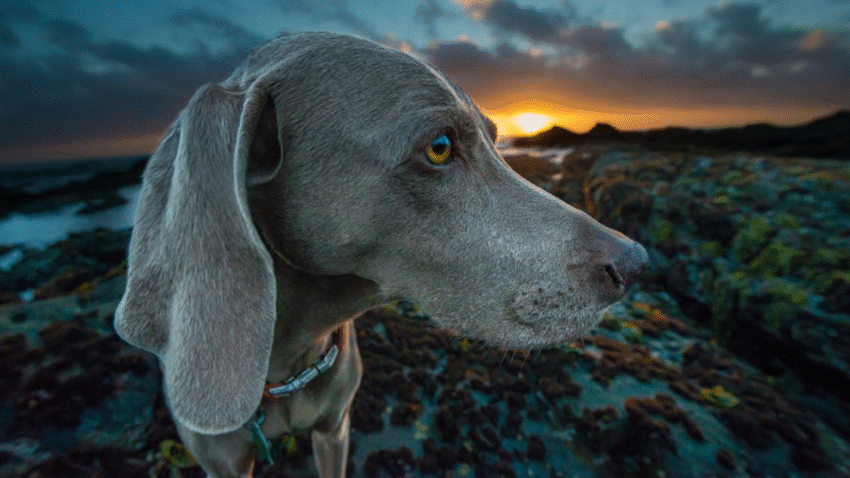Introduction
Bath time may be over, but the mess isn’t if your dog is still dripping wet and ready to shake all over your house! Learning how to dry your dog quickly after a bath helps keep your dog comfortable, your home clean, and your grooming routine efficient. In this guide, you’ll learn fast, safe, and effective methods to dry your dog properly—no more wet dog smell or soggy furniture!
Why Proper Drying Matters After a Bath
Drying your dog isn’t just about convenience—it’s an important part of grooming that can affect their health and comfort. Leaving your dog damp can lead to:
- Skin irritation or hot spots
- A damp-smelling coat
- Matting in long-haired breeds
- Chills or cold stress (especially in puppies or small dogs)
- Dirty floors and furniture as they roll to dry themselves
Using the right drying technique ensures your dog stays warm, comfortable, and clean after every bath.
Step-by-Step Guide to Drying Your Dog Quickly
1. Start with a Thorough Towel Dry
As soon as you finish rinsing, remove your dog from the tub and gently place them on a towel-covered surface or into a large absorbent towel.
Towel drying tips:
- Use a high-absorbency microfiber towel for best results
- Pat and squeeze—don’t rub—to avoid tangling the fur
- Focus on moisture-heavy areas like the chest, belly, and legs
- Use multiple towels if needed, especially for large or long-haired dogs
The more water you remove with towels, the quicker the drying process will be.
2. Use a Dog Blow Dryer or Low-Heat Setting
If your dog tolerates noise, a blow dryer can cut drying time in half. However, human dryers can get too hot or loud, so it’s best to use a dog-specific dryer with a low heat setting.
How to safely use a dryer:
- Keep the dryer at least 6–12 inches away from your dog’s skin
- Use the cool or warm (not hot) setting to prevent burns
- Move the dryer in a sweeping motion—never concentrate on one spot
- Start with the back or body before moving to sensitive areas like the face, ears, and tail
Always monitor your dog’s comfort. If they seem frightened, reduce the noise or switch to towel-only drying.
3. Use a Drying Glove or Pet-Safe Mitt
Drying gloves made of microfiber material help absorb water while allowing you to pet and comfort your dog at the same time. They’re great for nervous dogs or finishing touches after a blow-dry.
- Use one hand to dry while the other comforts or holds your dog
- Target hard-to-reach spots like under the legs or behind the ears
These gloves are especially helpful for dogs who dislike towels or dryers.
4. Brush While Drying to Prevent Tangles
For long-haired or double-coated breeds, brushing during the drying process is essential to prevent mats and tangles.
Tips for brushing while drying:
- Use a slicker brush or wide-tooth comb
- Work in sections, starting from the back or sides
- Brush in the direction of hair growth
- Detangle gently, especially around the ears and legs
Brushing also distributes natural oils and speeds up drying by separating clumped fur.
5. Keep the Environment Warm and Calm
If you’re towel-drying only, make sure the room is warm enough to prevent your dog from catching a chill—especially for short-haired or small breeds.
- Close windows to avoid drafts
- Lay a dry towel or blanket for your dog to sit or lie on
- Use calming treats or toys to keep them still
Let your dog rest in this space until fully dry before allowing them to go outside or lie on cold surfaces.
Common Mistakes to Avoid
1. Using Hot Air from a Human Blow Dryer
Most household dryers can get too hot, even on low settings. This can cause burns or dry out your dog’s skin. Always use a dog dryer or cool/warm settings only.
2. Letting Your Dog Air Dry Outside
Air drying might sound natural, but it can lead to:
- Mats forming as wet fur tangles
- Dirt sticking to damp fur
- Chills in cold or windy weather
- Your dog rolling on grass, carpet, or furniture to dry off
3. Skipping the Brushing Step
Not brushing wet fur—especially in long-haired breeds—can lead to painful mats and knots. Brushing while drying keeps the coat smooth and manageable.
4. Rushing the Process
Trying to dry your dog too quickly can lead to stress, overheating, or resistance. Take your time, especially if your dog is new to grooming.
5. Using the Same Towels Every Time
Towels that aren’t properly dried or cleaned between uses can harbor bacteria and odor. Always use fresh, clean towels for each bath.
Extra Tips & Recommendations
Tip 1: Use Quick-Dry Sprays
Pet-safe quick-dry sprays help repel water and reduce drying time. Lightly mist over your dog’s coat before towel or blow drying.
Tip 2: Try a Drying Station Setup
Create a designated drying area with:
- Multiple towels or mats
- A non-slip surface
- A quiet fan or low-noise dryer
- A brush and comb nearby
This makes the process smoother and helps contain the mess.
Tip 3: Train Your Dog to Enjoy Drying Time
Desensitize your dog to dryers and towels over time:
- Start with short, reward-filled sessions
- Let them sniff the tools before using them
- Use treats or lick mats to distract during drying
With repetition and rewards, your dog will learn to stay calm and even enjoy the process.
Conclusion
Drying your dog quickly after a bath isn’t just about speed—it’s about doing it safely and effectively. With the right tools, a little patience, and the right technique, you can keep your dog’s coat clean, dry, and mat-free—without soaking your home in the process. A warm, dry pup is a happy pup!
🐾 Bookmark us for more expert dog grooming tips and home care guides!
